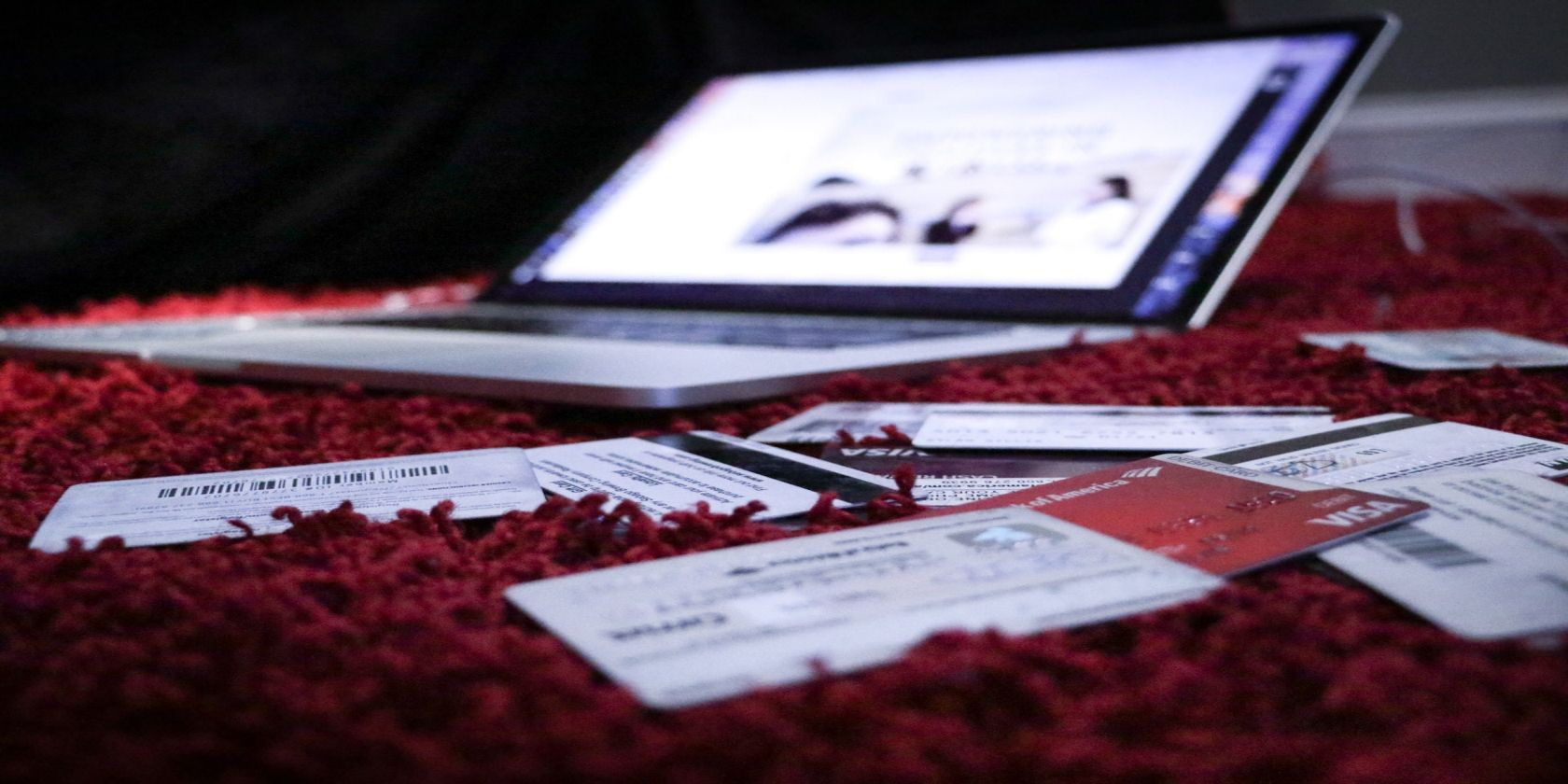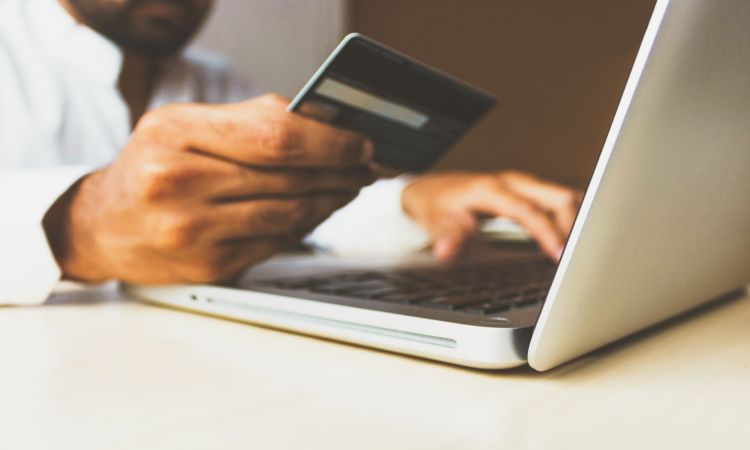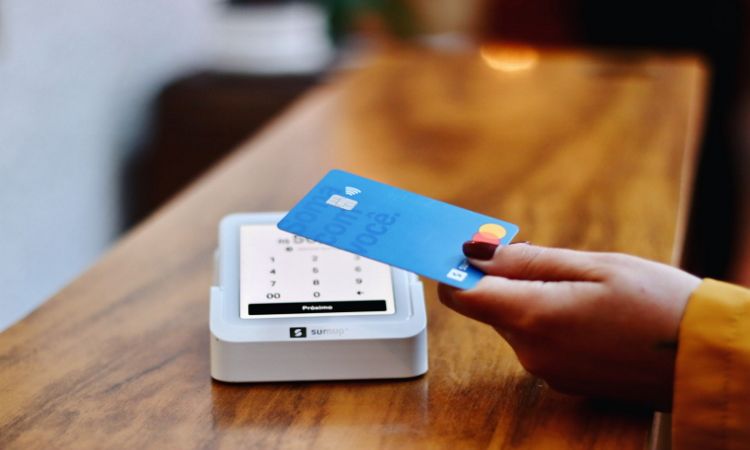Paying bills online is a convenient way to stay on top of your obligations to service providers without the hassles of writing checks or using postage. However, this option comes with some payment security risks. Here’s how to minimize them and stay as secure as possible when paying online.
What Bill-Pay Options Does Your Bank or Card Provider Offer?
Many banks and credit card providers offer online bill-pay services for free. Nerdwallet and other companies that provide such options allow you to enter a secure payment system and enjoy the convenience of setting up recurring transactions.
Some providers offer specific guarantees if things go wrong on their end. For example, Wells Fargo pays late fees and finance charges on behalf of customers if payments don’t go through on specified dates.
As you learn more about offerings through your bank or card issuer, look for details about what the provider does to ensure security. Such measures often include encrypting information and promising not to sell it to third parties—a must for your privacy and security.
Banks and card providers need to protect their reputations and foster customer trust. Taking security-related precautions and following best practices helps those things happen.
Understand How 3D Secure Works
3D Secure (3DS) is one of the most widely used security protocols to prevent fraudulent online transactions. It works similarly to the two-factor authentication options available on most social media sites.
After you enter your payment details, a pop-up appears and redirects you to a second page. Once there, you provide further information confirming you as the card owner. Those steps make e-payment methods more secure. However, they’re not foolproof.
Cybercriminals try to circumvent such measures by creating lookalike versions of the 3DS content online bill payers see or by placing scam calls to their phones.
When you shop at a website with 3DS technology in the background, pay attention to each screen and step. Notice how you interact with them. Getting familiar with the process makes it easier to spot unusual occurances and potential scams.
Use Your Credit Card When Possible
Using your credit card is one of the safest methods of paying bills online, so long as you're using reputable and trustworthy sites. These companies make significant technology investments to detect and prevent fraud. In 2018, Technology Partners helped to enable identifying fraudulent transactions in only 20 seconds when it previously took several hours.
Another security measure associated with card payments relates to your monthly statements. Those ongoing records make it easy to check that the correct amounts go out of your account at the requested times. Plus, they give you accessible reference points when disputing a transaction. You can quickly retrieve details like the bill amounts, transaction dates, and the companies paid.
More credit card providers offer virtual cards. They’re safer than physical cards because of associated usage restrictions—they often only work for a day or even a single transaction. It’s easy to see how that boosts security even if a hacker orchestrates a massive data theft at a card company.
However, using a different virtual card number for each monthly payment becomes a hassle. That’s why your best bet is to prioritize using them for one-time bills.
Verify Before Authorizing a Payment
One of the ongoing payment security risks includes scammers sending fraudulent messages about overdue bills or upcoming payments.
An example making the rounds in multiple countries involves recipients getting emails thanking them for renewing a subscription to a tech support service they didn’t buy; for instance, for NortonLifeLock. The messages even include fake invoice numbers or attachments that look convincing. However, they also include phone numbers and urge people to use them to cancel the service. You should just ignore and delete the messages.
Scammers hope confused or panicked recipients will call the number, then provide personal details as they try to avoid getting charged for a service they never bought. Of course, legitimate instances occur when people forget about ongoing charges, especially if billing occurs only annually.
If you get an email requesting you make an unexpected payment, check with the company through other means first. Responding directly to the email for clarification could mean you only engage with a scammer doing a careful impersonation of a company representative. There are numerous ways you can spot scam emails anyway, so stay sharp.
Remember that scammers often try to get people to act as soon as possible. They frequently use threatening language or phrases, such as mentioning collection agencies or accounts in arrears. If you experience such attempts, stay as calm as possible and contact the company in question directly to get more details.
Pay Bills at Home to Reduce Security Risks
Many people think a perk of online bill payments is that it allows them to utilize it while away from home. That’s technically true. However, traveling exposes you to numerous risks that could compromise cybersecurity too
You might unknowingly connect to an insecure public Wi-Fi network or even one set up by cybercriminals to mimic a genuine connection point. It’s also easy for people to look over your shoulder as you type a credit or debit card number into a secure payment system.
These are some of the many reasons why your safest option is to handle all bill payments from home before leaving on a trip.
Check whether service providers have automatic payment options if you travel frequently. Many organizations do, such as credit card companies and utility businesses. In those cases, you authorize the company to deduct the payment from your bank account or charge a credit card on file on a certain day.
You can also use a VPN to encrypt your data in transit, although you still need to be aware of anyone shoulder-surfing.
Forethought Reduces Payment Security Risks
You can’t eliminate all risks associated with paying bills online. However, it’s important to recognize the conveniences while being proactive to minimize threats. You’ll then have the best chances of ensuring online bill payments remain convenient and otherwise beneficial while staying low-risk.



